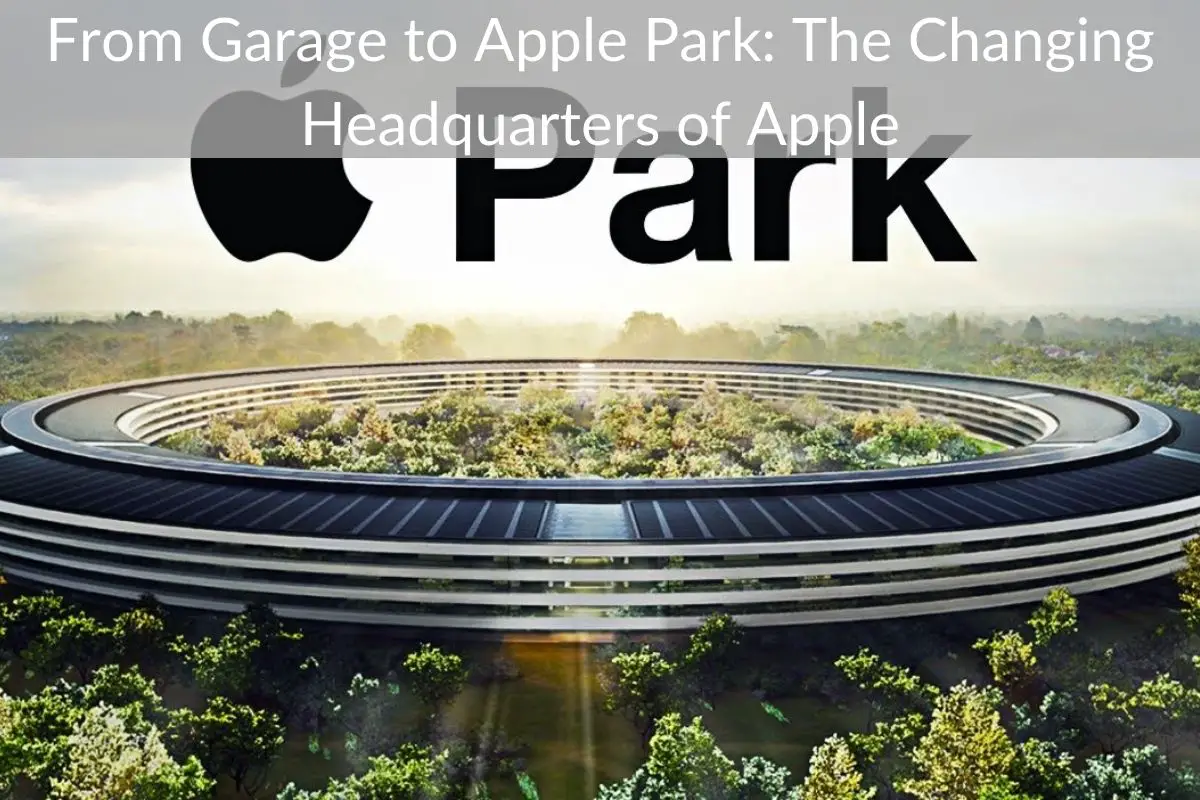Table of Contents
*This post may contain affiliate links. As an Amazon Associate we earn from qualifying purchases.
Apple is one of the biggest companies in the world and had a turnover of $265,5 billion in 2018. (1). The company’s exponential growth has resulted in its value estimated at a trillion dollars. The large cash flow has enabled its executives to occupy any prime real estate in the world as its headquarters.
Steve Jobs Garage
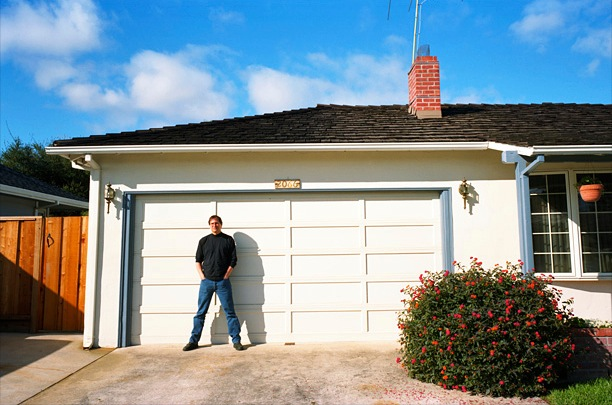
Image via 9to5Mac
Apple has occupied several addresses for its headquarters, but the dream began in Steve Jobs’ garage. Co-founder Steve Wozniak said that he and Jobs did very little work from the garage and used the space to make themselves feel at home.
When the company started growing in the late ‘70s, the two partners wanted the technology industry to take them seriously. The first step was to move out of the garage and into an office block. The first headquarters paled in comparison to the newest building, but it was the humble beginnings that paved the way for Apple’s dominance.
Good Earth Building
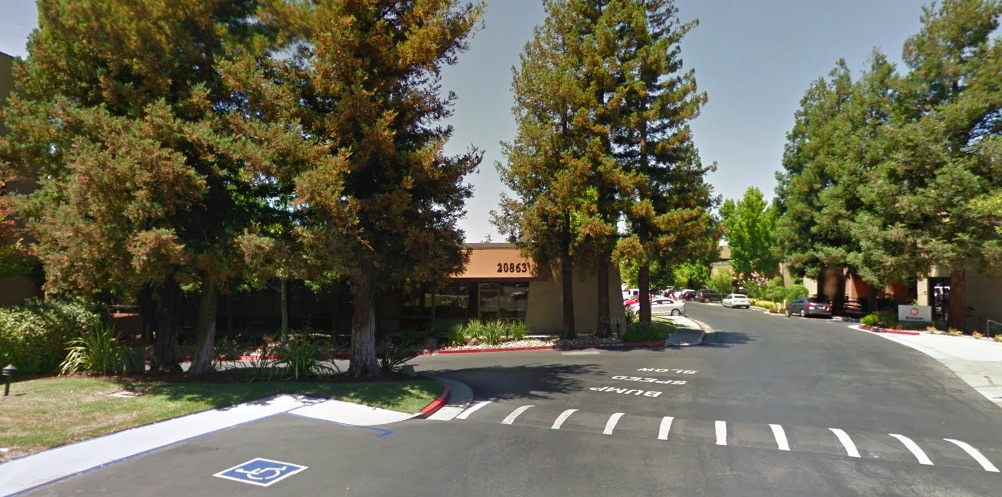
Image via 9to5Mac
After Jobs and Wozniak moved out of the garage, the first official space that they occupied as Apple’s headquarters was at 20863 Stevens Creek Boulevard. The building they occupied was dubbed the Good Earth Building.
The building received that moniker due to being opposite a restaurant called Good Earth. The move to Good Earth happened in October 1980. The rest of the team did not consider Jeff Ruskin’s Macintosh project important and almost canceled it four times. When Burrell Smith created a brilliant design for a processor, it caught Job’s attention.
Jobs took over the project and recruited the early Apple II team and moved the operation to bigger offices, located half a mile away.
Bandley 1

Image via 9to5Mac
The address of the first custom-build headquarters was at 10260 Bandley Drive, Cupertino, California. Chris Espinosa, Apple’s longest-serving employee, sketched the office layout.
The building consisted of four-quadrants: engineering, marketing/admin, manufacturing and a large space that Espinosa labeled as a tennis court. That was a joke, and Espinosa changed it to Apple’s first warehouse. The company’s expansion resulted in the executives leasing a building across the street.
Jobs had a private office since nobody wanted to share one with him, and Mike Markkula, a prominent figure in the company’s history, got an office since he smoked at work. Spanish architecture was the design influence for Bandley 1.
The company’s sales increased, and so did the office space. The headquarters expanded into Bandley 2, 3, 4, 5, and 6. The executives did not name the buildings according to locations, rather in the order that they acquired them. For example, Bandley 2 was between Bandley 4 and 5. (2)
Mariani One
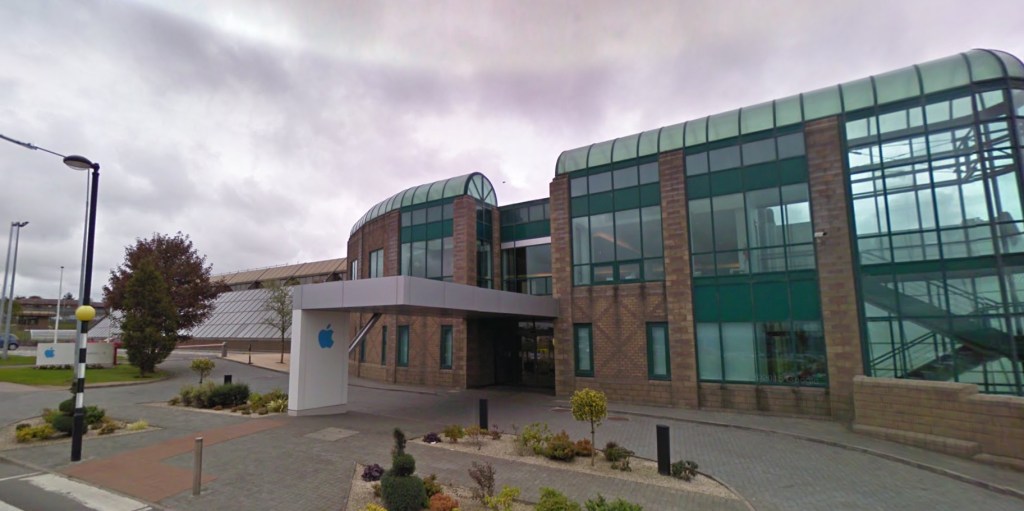
Image via 9to5Mac
The move to Mariani One, located at 20525 Mariani Avenue, Cupertino, was the company’s last campus move before construction at Infinite Loop.
Built in 1981, Mariani One remains one of Apple’s offices. The only time the lease was interrupted was in 1986 when Apple had financial troubles and had to reduce its office space.
At the time, Apple had not renewed the lease on over 100,00 square feet of the facility.
Apple Campus

Image via 9to5Mac
Located at 1 Infinite Loop, Cupertino, Apple Campus was the headquarters from 1993 until 2017. Apple still uses the campus for office and lab space. The headquarters was originally located at Building 1 on 20525 Mariani Avenue, an area of 850,000 square feet. (3)
A fire broke out during a night in August 2008 on the second floor of the Valley Green 6 building.
Fortunately, no injuries occurred, but firemen worked hours to extinguish the fire. The building incurred $2 million in fire damages.
When Jobs returned to the company in 1997, he increased the number of occupied buildings and moved activities not related to research and development to the buildings on Infinite Loop.
The Campus occupied 32 acres of space across six buildings that had four floors. Apart from the buildings on Infinite Loop, Apple Campus occupied thirty buildings throughout the city for its employees. Apple leased some of the buildings at $2.50 per square foot, and some of the other buildings were acquisitions.
Apple used the acquired land and the buildings for future construction of a second campus in the city. The company aimed to centralize activities. After acquiring the nine buildings on Prunridge Avenue, Apple had 3,300,000 square feet for its activities in Cupertino.
Having that much space meant that Apple controlled almost half of office space and research facilities in the city. Apart from the offices, Apple also opened on the Campus an Apple Store, which sold equipment and souvenirs.
Image via 9to5Mac
Notable Achievements At Apple Campus
- Sales growth of 33% to $8.28 billion in 2004. (3)
- Net income for 2004 was $276 million.
- Employee headcount grew 23% to 13,500 employees.
- Apple was one of four companies to help the valley’s economy recover.
Apple Park

Image via 9to5Mac
Steve Jobs was not only a marketing genius, but he foresaw the future.
Jobs saw that the company was growing at a phenomenal rate and wanted to secure office space before property prices in the area increased, though some spaces remained vacant for years before the expansion.
After acquiring nine properties, Jobs announced to the Cupertino City Council in 2006 his intention to build Apple Campus 2, located a mile away from Campus 1.
Apple kept its expansion under wraps while purchasing the different properties to prevent its competitors from finding out about the company’s growth. Hines Interests, a company that Apple used for the purchase of properties, did not disclose that Apple was the buyer to prevent landowners from drastically increasing the price of their properties.
Some of the property sellers included Hewlett Packard and SummerHill Homes. Jobs presented the plans of the new campus to the Cupertino City Council on June 2011.
New Campus Proposal
- A site totaling 176 acres.
- Housing for 13,000 employees in a four-storied circular building.
- Circular building of 2,800,000 square feet.
- A cafe for 3,000 sitting people.
- One thousand seat auditorium.
- Research and development facilities of 300,00 square feet.
- Other facilities include a 100,00 square foot fitness center and an orchard.
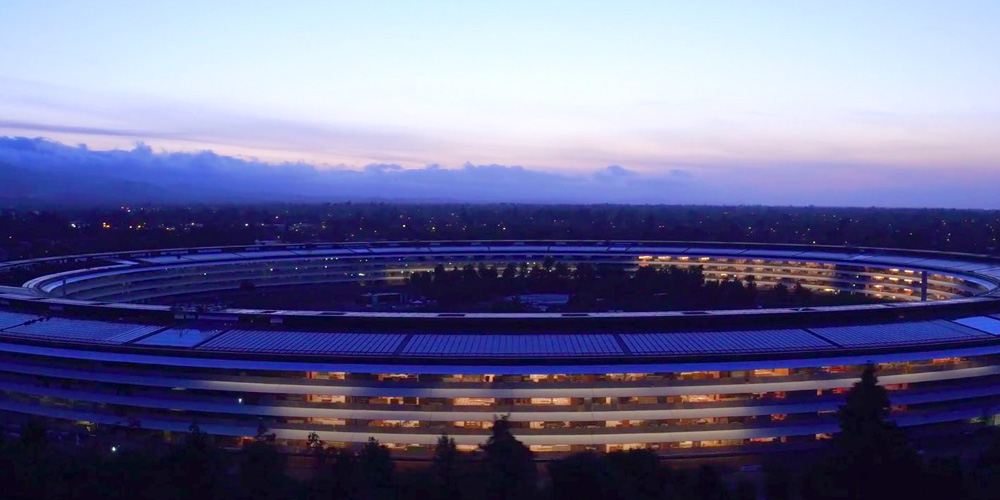
Image via 9to5Mac
Steve Jobs described Apple Park by saying, “It’s got a gorgeous courtyard in the middle, and a lot more. It’s a circle, so it’s curved all the way round. This is not the cheapest way to build something. Every pane of glass in the main building will be curved. We have a shot at building the best office building in the world. I really do think that architecture students will come here to see it.” (7)
Although Jobs was the genius behind the development of Apple Campus 2, his presentation to the council was his last public appearance before he passed away in October that year.
“Steve transformed Apple into one of the most innovative companies in the world, and we understand the responsibilities that come from carrying his legacy forward with this project,” said Apple’s head of real estate Dan Whisenhunt to the council. “We’ve designed it with the same care and attention to detail as we do with all Apple products.” (4)
The project budget was $3 billion, but it ended up costing $5 billion. The process to move more than 12,000 employees took around six months. (5)
In a unanimous agreement, the council approved the plans in 2013.
Apple began the demolition work to prepare the site for construction shortly after the council’s announcement. Instead of calling it Apple Campus 2, the company termed the site as Apple Park. Although the new site replaced the Infinite Loop site in 2017, Apple kept the old site for ancillary office space.
“Steve’s vision for Apple stretched far beyond his time with us. He intended Apple Park to be the home of innovation for generations to come,” said Tim Cook, Apple’s CEO. “The workspaces and parklands are designed to inspire our team, as well as benefit the environment. We’ve achieved one of the most energy-efficient buildings in the world and the campus will run entirely on renewable energy.” (6)
Apple Park runs on one of the largest on-site solar energy installations in the world. The site is the world’s largest naturally ventilated building. Apple said that the building would not require heating or air conditioning for nine months of the year.

Image via 9to5Mac
Additional Facts About Apple Park
- Norman Foster designed the circular building.
- Received the nickname spaceship.
- Jobs wanted the campus to look like a natural refuge, not an office.
- Center courtyard has an artificial pond.
- Drought-resistant trees make up 80% of the site.
- The circumference is 1 mile.
- The land cost was an estimated $160 million.
- Apple named the auditorium the Steve Jobs Theatre.
The construction started in 2014, and Apple opened the campus to workers in April 2017, though construction work continued.
The opening of Apple Park resulted in higher traffic congestion due to increased tourism. Homeowners in the area benefited due to a rise in real estate value since Apple employees wanted to live close to work.
Design

Image via ArchDaily
The company created life-size mock-ups of every inch of the building to study design issues.
Apple Park has a diameter of 1,512 feet and contains 14,200 parking bays.
The inner area of the circular building contains a 30-acre park that features a pond and winding pathways. Apple used wood harvested from maple for furniture and worked with numerous construction companies around the world on the design and materials.
The park contains seven cafés that have the capacity to serve 15,000 lunches a day.
Apple announced in October 2018 that it switched to receiving power by renewable energy. The solar panels that the company installed on the roof generate 17 megawatts of power.
Apple held the first press conference in the Steve Jobs Theatre on September 2017 when it announced several of its new products, such as the iPhone 8 and the Apple Watch Series 3. The theatre has a 42-foot glass elevator, capable of rotating 171 degrees. Apple made the elevator from a chemically-tempered glass. Many people consider the elevator to be the tallest free-standing, glass elevator in the world.
But not everyone shared in the enthusiasm of the park’s design.
Apple received criticism about the design, as some people labeled it as a prime example of a suburban office park. A non-profit environmental advocacy group panned the development of the park by saying that it was a waste of expensive real estate that developers could have used to build affordable housing. (8)
Further criticism of the headquarters emerged in 2018 when two workers were injured and required hospital treatment after walking into the building’s glass door and walls.
The Santa Clara County Fire Department complained about the company’s desire to have custom signage. The Department feared that it could compromise people’s safety in emergencies. Apple and the fire department reached an agreement after several negotiations.

Image via Foster + Partners
Additional Considerations
Although many people criticized the design of the Apple Park building as negligence, Jony Ive, Apple’s chief design officer, and Steven Jobs were pedantic about designing a building that could withstand earthquakes. (9)
Apple Park does not rest on the surface of the Earth.
Construction crew built the foundation of the park on 700 stainless steel saucers. The saucers are massive and protect the building’s foundation from natural disasters. The campus can shift up to four feet on the saucers if an earthquake strikes.
Final Thoughts
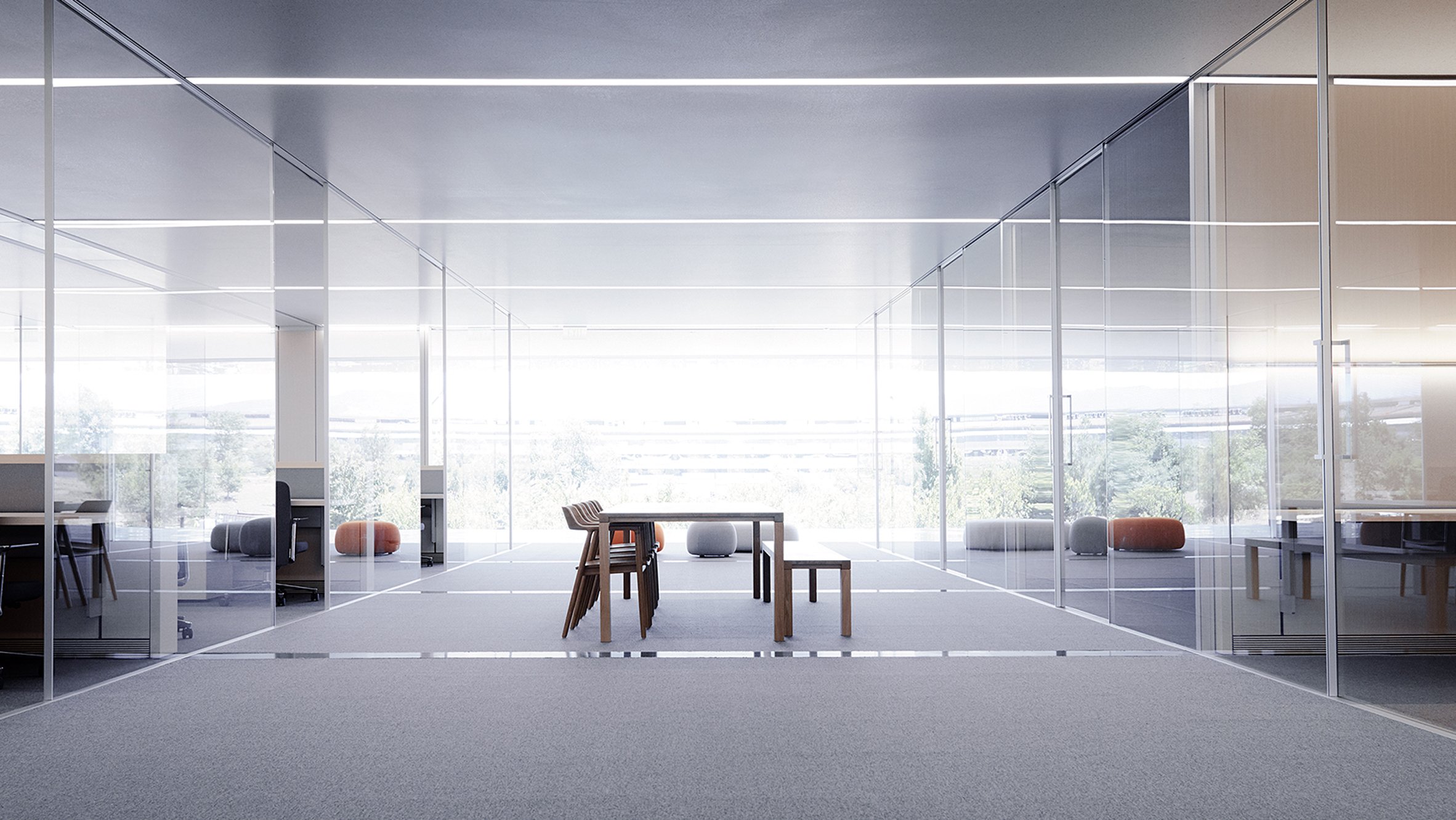
Image via Dezeen
Apple has come a long way since its humble beginnings in Jobs’ garage. Throughout the company’s growth, Apple forecasted the expansion and acted by acquiring more real estate to accommodate the growing workforce.
Jobs’ vision of building one of the best working environments in the world led to the construction of Apple Park. The area houses almost 13,000 employees and has increased the value of the real estate in the suburb.
Not only has the move to the new premises enabled Apple to provide a pleasant working environment, but it has also helped the company to grow its operations and become one of the leading companies in the world.
References
1.https://www.statista.com/statistics/265125/total-net-sales-of-apple-since-2004/
2.https://www.cultofmac.com/525273/apple-history-bandley-1/
3.https://www.bizjournals.com/sanjose/stories/2005/10/03/story4.html?page=1
6.https://www.apple.com/newsroom/2017/02/apple-park-opens-to-employees-in-april.html
7.https://fortune.com/2017/02/23/data-sheet-apple-park-steve-jobs/
9.https://www.businessinsider.com/apple-park-spaceship-campus-floats-to-protect-against-earthquakes-2019-6?IR=T
